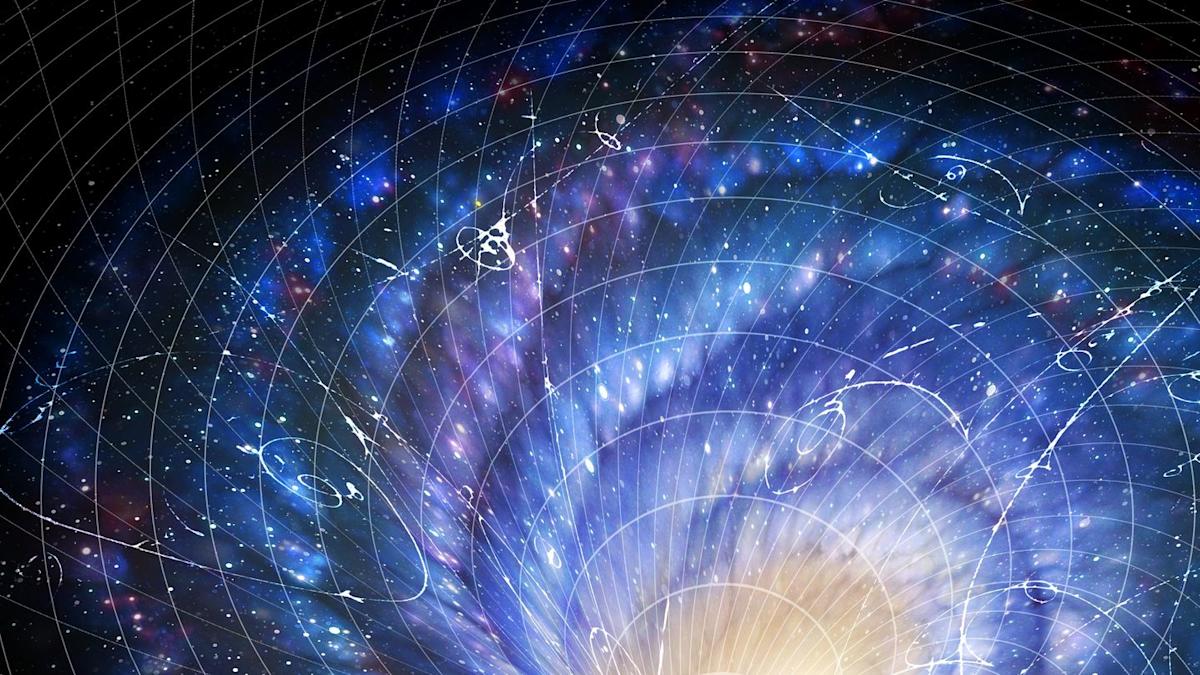Here’s what you’ll learn in this story.
-
A new paper uses a simplified model to prove that gravity can be unified between quantum and standard physics.
-
The simpler model still meets the established requirements for a robust unified gravity theory.
-
Even if this theory does not prove revolutionary, it shows that new ways of thinking are possible.
Two scientists in Finland are claiming to have advanced the cause of a unified theory of gravity, including “a complete, renormalizable theory of quantum gravity.” Physicists have long tried to mesh gravity with the standard model of physics by, in a sense, comparing like with like—how can we describe gravity using measurable things in a way that aligns with how the standard model describes electromagnetic, weak, and strong forces? The key—according to the duo’s new research, which appears now in the peer reviewed journal Reports on Progress in Physics—lies in a particular type of theory called a gauge.
A gauge is a way to measure something that is comparable to other things, like India’s narrow gauge railways. In physics, gauge theory helps scientists take all the measurable things they know and align them in order to find commonalities or definitions. Using an old English expression, we can define a duck as something that walks like a duck and quacks like a duck. Once something is a proverbial duck, many other properties—like its color, size, or area of origin—can’t change its duck-ness. The duck-ness gauge only requires waddling and quacking.
In this paper, physicists Mikko Partanen and Jukka Tulkki turn the universe at large into a bunch of overlapping, finite relationships of symmetry that act as microcosms of the entire standard model. They describe a system with eight dimensions, then break it into pieces that each use four of those dimensions. Finally, they write, “[f]our symmetries of the components of the space-time dimension field are used to derive a gauge theory, called unified gravity.”
Basically, their goal was to find the mathematically smallest model that could still hold up to all the rules required of a theory of unified gravity (one that unites the standard model and quantum physics). This work finds a middle ground between a simplified “toy model” and the complexity of a full model of spacetime. One of the keys is that, within a gauge relationship, many terms can simply be canceled out, the same way you may have learned to do in algebra and calculus.
Partanen and Tulkki claim that by substituting new (but equivalent) values for parts of their formulae, they’ve created a gauge model that no longer relies on a contentious variable. “In contrast to previous gauge theories of gravity, all infinities that are encountered in the calculations of loop diagrams can be absorbed by the redefinition of the small number of parameters of the theory in the same way as in the gauge theories of the Standard Model,” they conclude. In other words, gravity may not need to be as complicated as we’ve made it—at least, mathematically speaking.
A key term in this research is normalization, or renormalization. This is a form of matching reality (and observable qualities within it) to the pure mathematics of a model. Any theory of unified gravity must hold up to how we measure the effects of gravity in our portion of spacetime—or anywhere else in the universe, for that matter.
The scientists chose a compact model over a noncompact one, meaning that their model doesn’t have any missing pieces that they aren’t sure how to categorize. There’s no quacking fish or waddling giraffe gumming up the works of what a duck must be.
You Might Also Like
